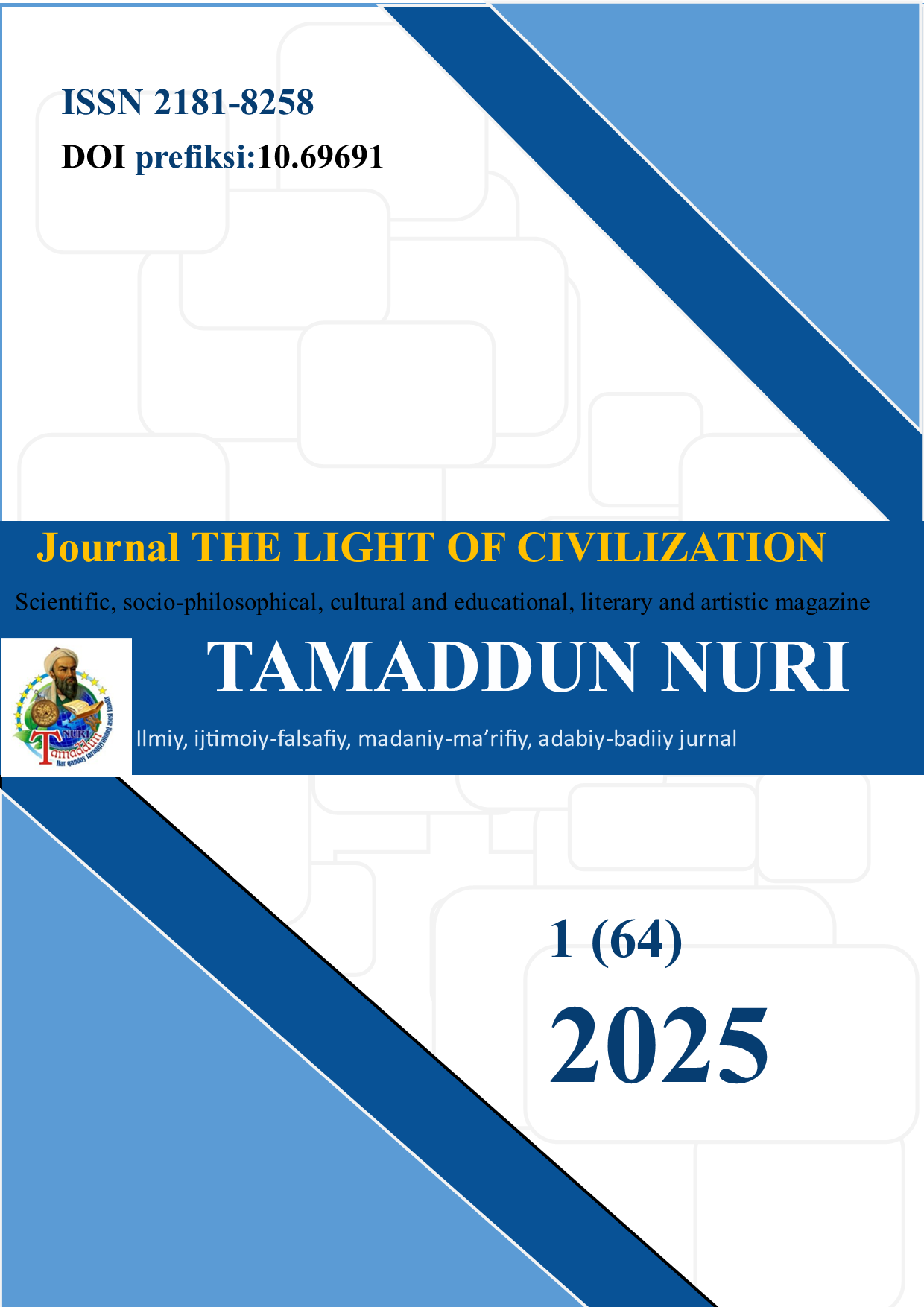CHALLENGES IN DEVELOPING LANGUAGES FOR BILINGUAL CHILDREN
DOI:
https://doi.org/10.69691/ykevfy26Keywords:
Bilingualism, multilingual, re-acquisition, code-mixing, code-Switching.Abstract
The difficulties of defining bilingualism, evaluating language proficiency, navigating sociocultural factors, and overcoming methodological obstacles are all highlighted in this annotation, which explores the intricacies of multilingual child development. In order to properly help multilingual children in their language acquisition and cognitive development, it is imperative to comprehend these challenges
References
Akhtar N., Menjivar JA. Cognitive and linguistic correlates of early exposure to more than one language. In: Benson JB, editor. Advances in child development and behavior. Vol. 42. Burlington: Academic Press; 2012. – pp. 41–78.
Barron-Hauwaert S. Language strategies for bilingual families: The one-parent-one-language approach. Clevedon, UK: Multilingual Matters. 2004. – 132 p.
Bedore LM, Peña ED. Assessment of bilingual children for identification of language impairment: Current findings and implications for practice. International Journal of Bilingual Education and Bilingualism. 2008. – P. 1–29.
Bialystok E., Craik FIM., Luk G. Bilingualism: consequences for mind and brain. Trends in Cognitive Sciences. 2012. – P. 240–250.
Downloads
Published
Issue
Section
License
Copyright (c) 2025 Journal of Tamaddun Nuri

This work is licensed under a Creative Commons Attribution-NoDerivatives 4.0 International License.



